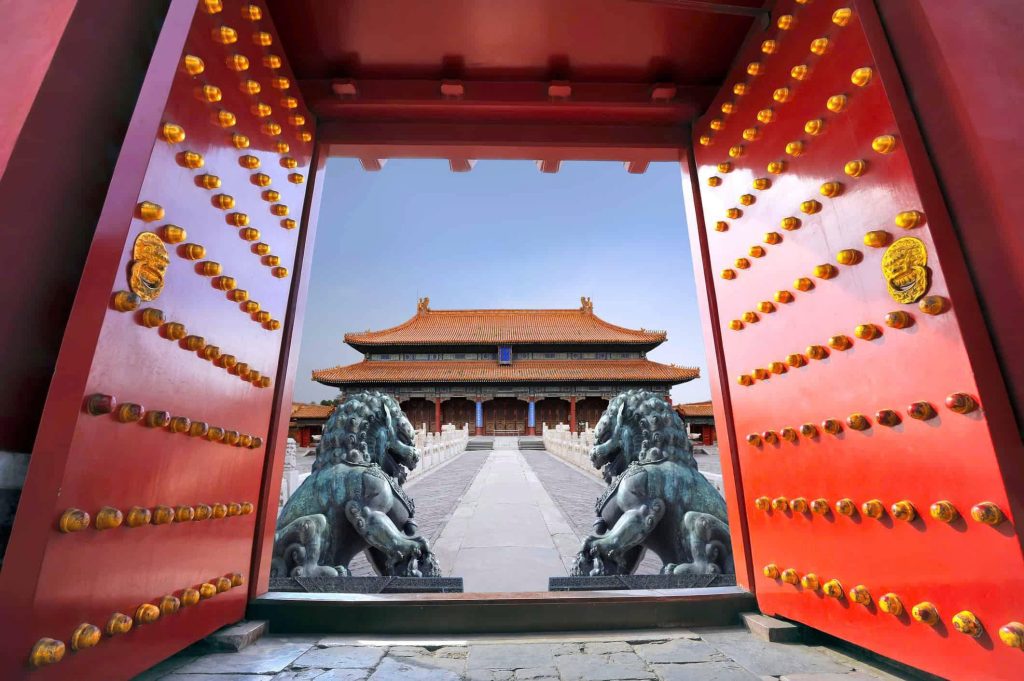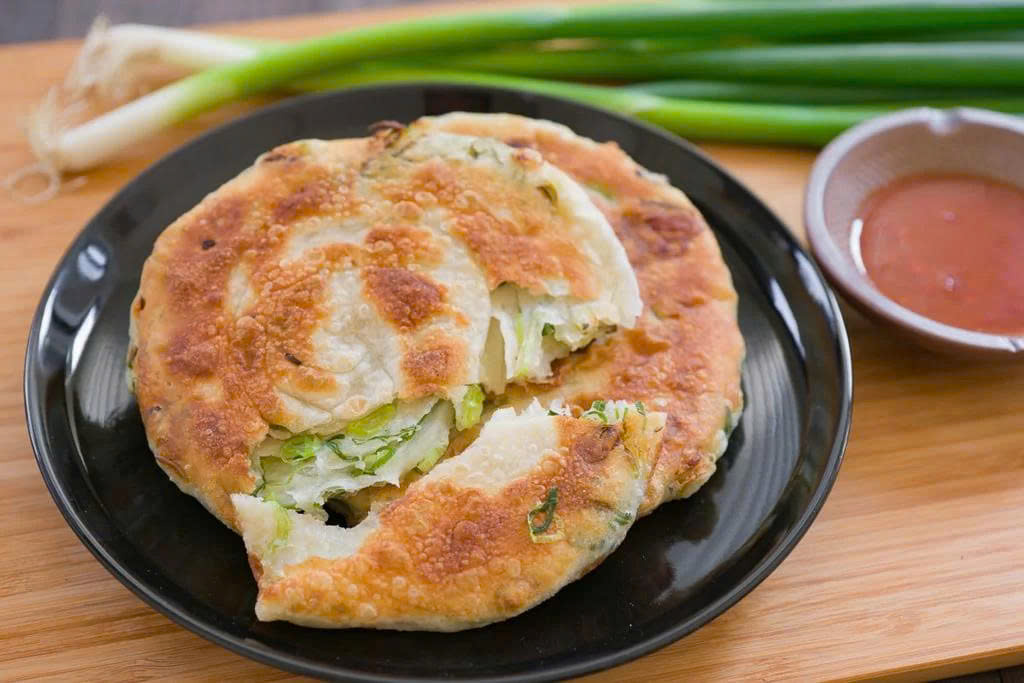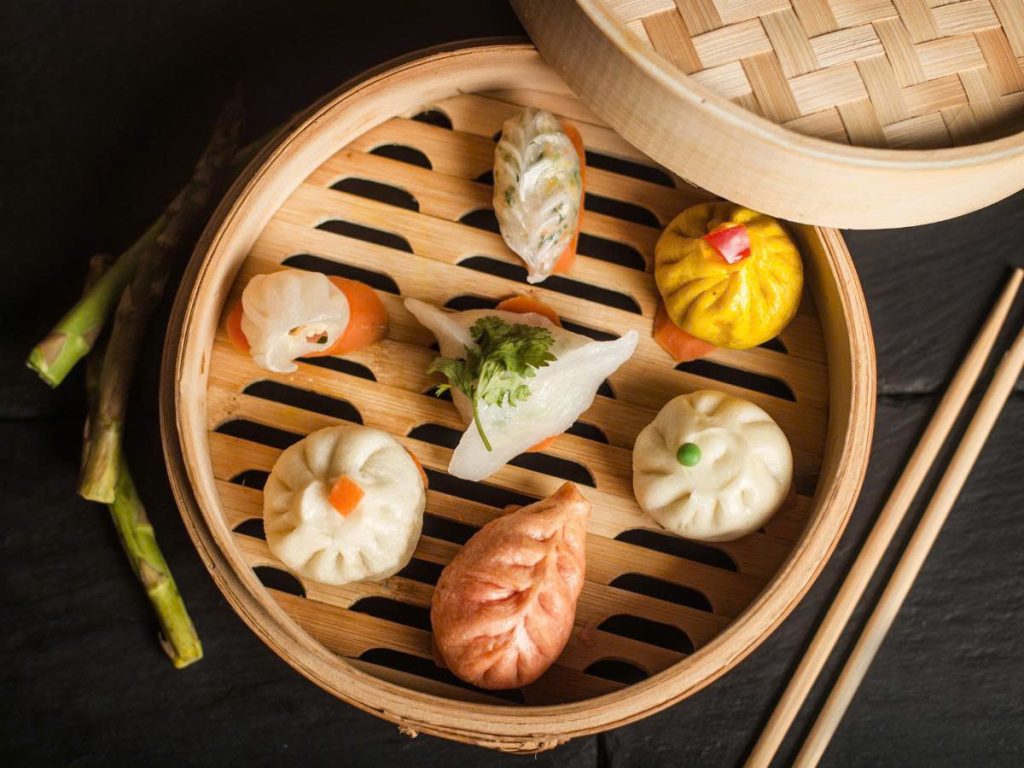Offering delicious dishes to others and not scrambling for food are some of the basic principles at a Chinese dinner table. In Confucianism, “lǐ” (禮) is a moral principle that emphasizes politeness and etiquette to foster social harmony and moral character. The importance of proper conduct is also reflected at the dining table, as ancient Chinese people viewed communal eating as a symbol of social cohesion.
While dining customs have evolved over time and through cultural shifts, some rules remain. For many Chinese people around the world, these etiquettes have become deeply ingrained habits since childhood.
The Tea Pouring Ritual
In Chinese tradition, receiving tea poured by an elder or someone of higher rank is seen as a sign of respect and honor. When you are being served tea, instead of saying “thank you,” the recipient may gently tap two fingers on the table to show respect.
This custom originated during the Qing Dynasty (1644-1912) when the Qianlong Emperor, an avid tea lover, disguised himself as a commoner and poured tea for his servant. The servant wanted to kneel in thanks, but doing so would have revealed the emperor’s identity. Instead, the servant tapped two bent fingers on the table, symbolizing a kowtow. Today, this gesture is often used when a younger person is poured tea by an elder or a superior.
The Order of Dining

In Chinese culture, the order at the dining table is very important. The oldest or most senior person in the group will be the first to pick up their chopsticks, signaling the start of the meal.
In some cases, the youngest person may be tasked with serving rice to everyone. The best dishes, especially specialty items, must be reserved for the elders or superiors first. This person will also be the first to leave the table, after which other diners are permitted to stand up.
Chopstick Placement
Chinese people are very superstitious, and the number one taboo related to chopsticks is not to stick them vertically into a bowl of rice. This action resembles the placement of incense sticks during funeral rites or religious offerings. When not in use, chopsticks should be placed horizontally across the bowl, on a plate, or on a chopstick rest.
Furthermore, pointing chopsticks at others or tapping them on bowls and plates is also considered rude, as this action is associated with how beggars attract attention.
Choosing Your Food
Most dishes on a Chinese dining table are shared, so every action requires attention. After allowing others to take food first, you should choose pieces that are closest to you and leave the better parts for others. Reaching across the table to get a choice piece is considered impolite.
When using a lazy susan, turn it gently and slowly, making sure new dishes are brought to the elders first. Never turn the tray when someone is in the middle of taking food. The last piece of food on a dish should be offered to others; you should not take it for yourself. In more casual settings, you can ask for permission before taking the final piece.
Eating Sounds
Unlike in some cultures, making sounds while eating, such as slurping soup, is often accepted in Chinese culture and not considered rude. However, some sound-related rules to remember include not speaking with a full mouth, taking small bites, chewing with your mouth closed, being careful if you spill food, and not spitting inedible parts directly onto the table.
Toothpicks
While using a toothpick after a meal is quite common in Chinese culture and many restaurants provide them on the table, you must do so discreetly. Use a hand or a napkin to cover your mouth when picking your teeth, and avoid using your fingers instead of a toothpick.
The Fight to Pay the Bill
In Chinese culture, paying for the entire table is seen as a generous act and a sign of thoughtfulness. People often “fight” over paying the bill after a family meal, and some may even secretly leave the table mid-meal to pay in advance. The act of paying is sometimes a way to show financial status or generosity.
According to SCMP

















